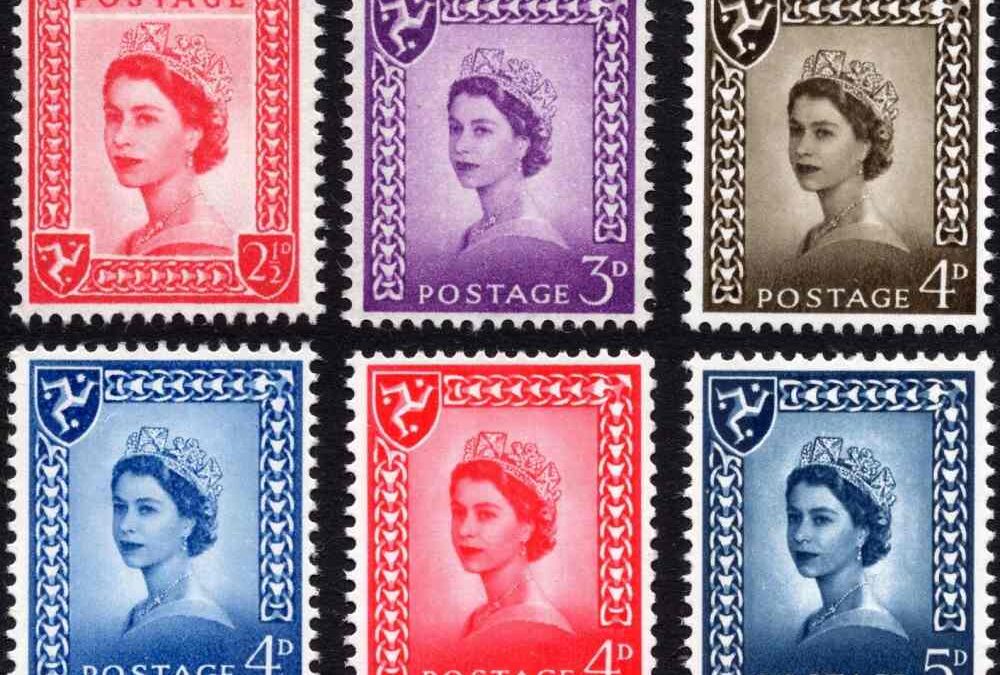Postage Stamps: Stamps are fascinating, and there are quite a few avid and enthusiastic collectors. So, before we delve into the history of postage stamps, you should know some of the phenomena around postage stamps. Note that for a lot of people today, stamping is something that gets done using franking machines.
Table of Contents
ToggleImportant terminologies for postage stamps
However, the gamut of postage stamps is extensive by itself. The study of postage stamps is widely known as Philately. Below are some crucial terminologies.
Cancellation
It is the process by which a postal marking is applied on the top of the stamp. It shows that the item is sent via post. Note that this stamp is defaced, which means it is non-reusable. So, how does one know whether it is a used one or not? Here’s how you can do so! If a postal stamp bears, at least in part, the postmark upon which it was attached, it is deemed non-reusable.
Perforation
Those who have visited a post office for their mailing needs would have torn the stamp from the sides. Now, this process is perforation. It is the way of separating the individual stamps from the batch. And how do you do this? They have a tearable line (or teeth on edges). Also, the process does so by removing the small pieces of paper from the gaps between the stamps.
Mint
The mint is a stamp in perfect condition. It is uncancelled and carries the original gum.
How did it all begin?
It began with adhesive stamps.
Sir Rowland Hill, a schoolmaster in England, in 1837, invented the adhesive postage stamp. At the time, he was bestowed with this invention. When a vision of yesterday becomes a present-day necessity, you know that it is worth the talk. Though, the first stamp wasn’t out in the world until 1840. So, it took about three years to convince people about its uses and merits.
The defining metric
Rowland Hill also created uniform postage rates back then. Without this, the system would have been ambiguous. However, the only metric considered was weight. And the size had not yet been featured in the system. What his creation did was that it made the prepayment of mail postage both practical and possible.
The system of charging paid-postage based on weight soon came into fruition and got sanctioned the world over. And more and more people used envelopes to mail the documents.
When the envelopes came into the picture
Edwin Hill, brother of Rowland Hill, invented a prototype of the envelope-making machine that folded paper into the envelopes. The equipment was the need of the hour, given the growing demand for postage stamps. With that said, by the 19th century, the system was pretty much up and running. This system had pre-printed stamps on the envelopes. These, hence, could be purchased directly.
What was the first postage stamp?
The first postage stamp ever issued began with Great Britain’s Penny Post. So, the first-ever stamp was the British Penny Black stamp. It was released on May 6, 1840. What Penny Black did was that it had engraved the profile of Queen Victoria’s head. The Queen’s head remained on all the subsequent British stamps for the next 60 years.
At the summoning of Rowland Hill
Rowland Hill, upon his invention, had received a summons to present the evidence before the Commission. A Post Office Enquiry was in February 1837. What he did was he read from the letter that he had sent to the Chancellor. He iterated the creation of paid postage. All that was needed was a piece of paper that was large enough to bear the stamp. For safety, it needed a cover at the back with a glutinous wash. Now, this made it to the first-ever publication of the description of a modern-day stamp.
What was it like before the invention of adhesive stamps?
We today inhabit a world where most people send letters only infrequently or for urgent matters. Everything has become digital. So, where and how did the stamp come into existence?
The first-ever stamp-like method for paying for postal items was the so-called “Billet de port paye”, which was the French system. It was as early as the 17th century. This so-called stamp was a simple paper strip. It was attached to the letter by a thread or a clip. A similar procedure was adopted in London. And it was the postmark. Back then, in London, the postmark determined the unit price for packages and parcels.
Letters were hand-stamped or postmarked using ink. The postmarks, however, were an invention of Henry Bishop. They were first known as the ‘Bishop mark’ and used in 1661 at the London General Post Office. It mentioned the day and the month in which the letter was dispatched.
There was no efficient mailing system until the year 1680. So, imagine the plight of the senders and recipients. Thanks to William Dockwra and his partner Robert Murray, a mail system had come to the forefront. The mailed items, typically letters and small parcels, were delivered for just one penny. The postage was prepaid using a hand-stamp. It was the physical stamp that franked the mail and confirmed the postage.
Parting Words
Even today, Rowland Hill and the postal reforms feature in several commemorative issues in the United Kingdom. Note that the most common shape is the rectangle. But, stamps also come in circles and triangles. More so, Sierra Leone and Tonga have issued fruit-shaped stamps. For the material, paper is the most common. Although some stamps are made using embossed foil.
Also Read: How to Shop for the Best Loan?
Related posts
Hot Topics
Everything You Need to Know About a Savings Plan in 2025
A savings plan is a financial tool that offers the combined benefits of insurance & growth. This ensures financial security…
Mobile Threat Defense: The Silent Shield Behind Every Secure App
Mobile apps are found everywhere in India’s rapidly developing digital landscape—from banking and online shopping to healthcare and learning. And…



